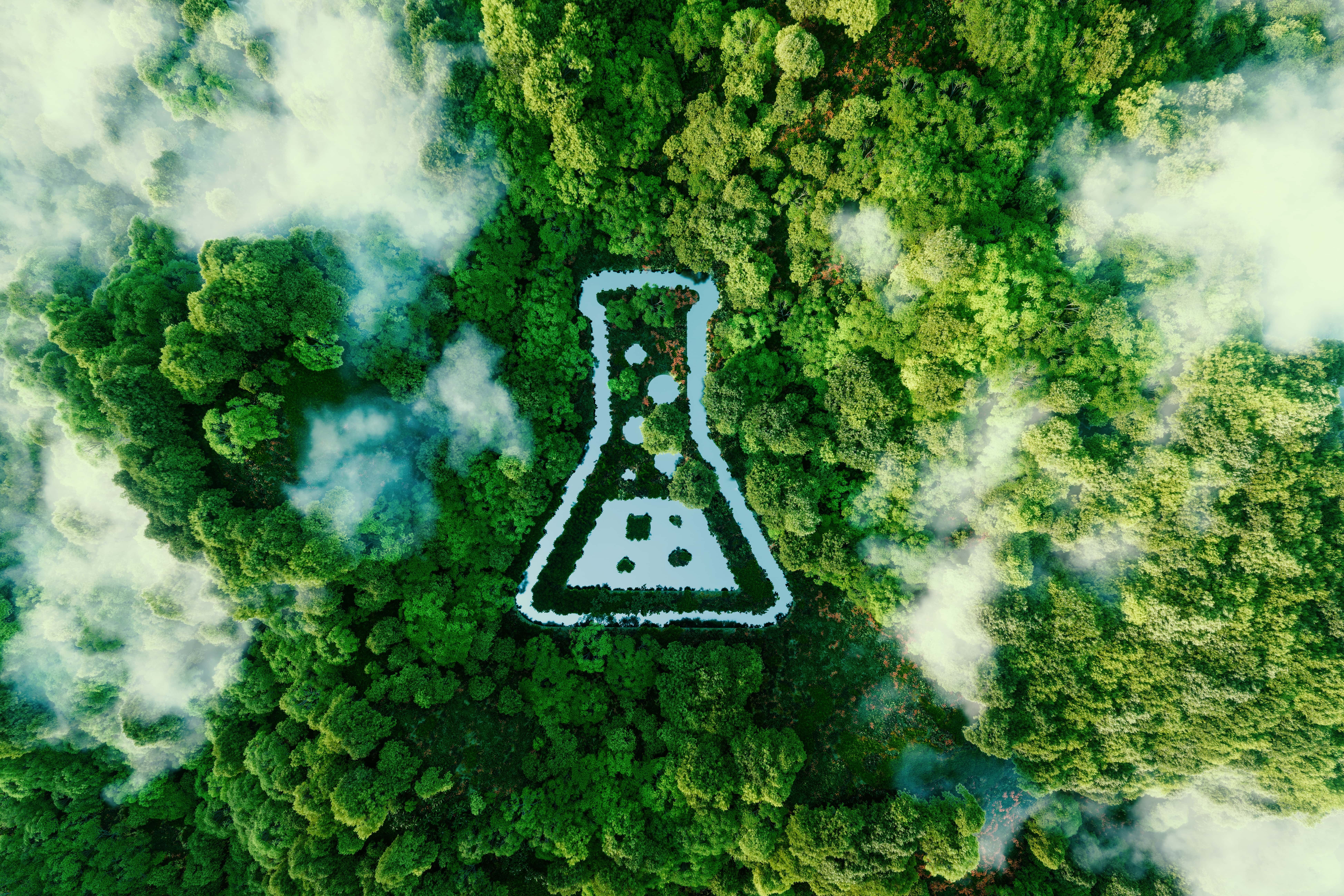
Category
SustainabilityCreation date
Green chemistry, also known as sustainable chemistry or environmentally friendly chemistry, is a field of chemistry that focuses on designing and developing products, processes, and technologies that minimize or eliminate the use and generation of hazardous substances. The goal of green chemistry is to promote the creation of environmentally friendly and sustainable materials and processes that have minimal negative impacts on human health and the environment.
These are the 12 main principles of green chemistry which will help you to get to know way better the breadth of the concept.
1. Prevent waste: Design chemical syntheses to prevent waste. Leave no waste to treat or clean up.
2. Maximize atom economy: Design syntheses so that the final product contains the maximum proportion of the starting materials. Waste few or no atoms.
3. Design less hazardous chemical syntheses: Design syntheses to use and generate substances with little or no toxicity to either humans or the environment.
4. Design safer chemicals and products: Design chemical products that are fully effective yet have little or no toxicity.
5. Use safer solvents and reaction conditions: Avoid using solvents, separation agents, or other auxiliary chemicals. If you must use these chemicals, use safer ones.
6. Increase energy efficiency: Run chemical reactions at room temperature and pressure whenever possible.
7. Use renewable feedstocks: Use starting materials (also known as feedstocks) that are renewable rather than depletable. The source of renewable feedstocks is often agricultural products or the wastes of other processes; the source of depletable feedstocks is often fossil fuels (petroleum, natural gas, or coal) or mining operations.
8. Avoid chemical derivatives: Avoid using blocking or protecting groups or any temporary modifications if possible. Derivatives use additional reagents and generate waste.
9. Use catalysts, not stoichiometric reagents: Minimize waste by using catalytic reactions. Catalysts are effective in small amounts and can carry out a single reaction many times. They are preferable to stoichiometric reagents, which are used in excess and carry out a reaction only once.
10. Design chemicals and products to degrade after use: Design chemical products to break down to innocuous substances after use so that they do not accumulate in the environment.
11. Analyze in real time to prevent pollution: Include in-process, real-time monitoring and control during syntheses to minimize or eliminate the formation of byproducts.
12. Minimize the potential for accidents: Design chemicals and their physical forms (solid, liquid, or gas) to minimize the potential for chemical accidents including explosions, fires, and releases to the environment.
Source: United States Environmental Protection Agency
